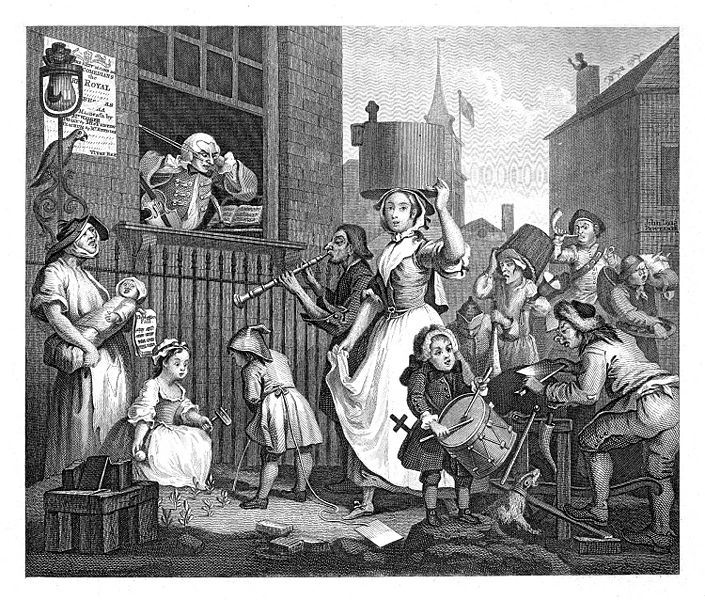Schwarz
View current page
...more recent posts
Volunteers are learning to rip down plaster, pull apart walls and tear off roofs. To the nonprofit group’s long-held aim of constructing houses for those in need, Saginaw’s affiliate has lately added to its mission by doing the opposite.
As part of an agreement with the city, and with at least $500,000 from the state and federal governments, the Habitat for Humanity volunteers and paid workers plan to demolish two vacant, dilapidated houses here a week, every week, over the next two years. As for creating homes, they will build or refurbish eight houses this year.
The shift in the organization’s focus is a sign of the times in Saginaw, a shrinking city northwest of Detroit where at least 800 houses sit empty and doomed, and offers a glimpse of what increasingly empty neighborhoods in many cities may soon face as foreclosures continue.
The most polarizing issue in architecture today is no longer whether celebrity architects are ruining the profession. It’s what to do with the leftovers of postwar Brutalism.
For an older generation of architects these buildings embody the absolute nadir of the welfare state. Destroying them would be an act of mercy. But for younger architects the aggressive concrete forms that gave the movement its name are a welcome antidote to the saccharine Disney-inspired structures of today. Their demolition amounts to urban shock treatment, an erasure of historical memory that substitutes a sanitized city for a genuinely complex one.
It may be the design world’s best-kept secret: Donald Judd’s furniture doesn’t have to be purchased at auction or ordered through the Judd Foundation in Marfa, Tex., which can take up to a year to deliver. It can be bought at retail prices — and taken home the same day — from Artware Editions, a West Village gallery that carries a rotating inventory. Rebecca Kong, a founder of the gallery, calls it “an affordable way to own something by one of the most influential artists of the 20th century.”
"One of the reasons that reconstruction of earlier playing styles is so difficult is precisely the fact that we start from the viewpoint of late 20th- century taste and habits, and use them as the basis for comparison. But what does modern taste consist of? If the style of Elgar's day is 'old-fashioned', in what ways is modern style 'new-fangled'? The answer...is that we use more vibrato and less portamento than was used earlier in the century, we are more concerned with clarity of detail and exact note values, we take most music more slowly and we change tempo less frequently and to a lesser degree. If these characteristics of modern style have arisen so recently, do we not have to be very cautious in using them as a basis for investigating much earlier playing styles? What would happen if, in order to reconstruct, say, the performance practice of Beethoven's day, we were to start not from modern style but from the style preserved on early gramophone records?
. . . . our conjectures would be quite different if we were living in the 1920s instead of the 1980s. Similarly 18th- and 19th-century descriptions of tempo rubato make a very different sort of sense if we take early, rather than late, 20th-century style as the starting point for comparison. My own very strong suspicion is that many of the habits preserved in early gramophone records had their origins at least as far back as Beethoven, and in some cases earlier. This is something to argue about, but one central point is indisputable: the styles of the early 20th century did not arise overnight. For this reason, if for no other, it is time for historically minded performers to start considering the implications of early gramophone records."
Robert Philip
The Recordings of Sir Edward Elgar -- Authenticity and Performance Practice
Early Music, Vol. 12, No. 4, November, 1984, pp. 481-489, pp.
488-489
96 tears
blood puddle pillows
thx vz

